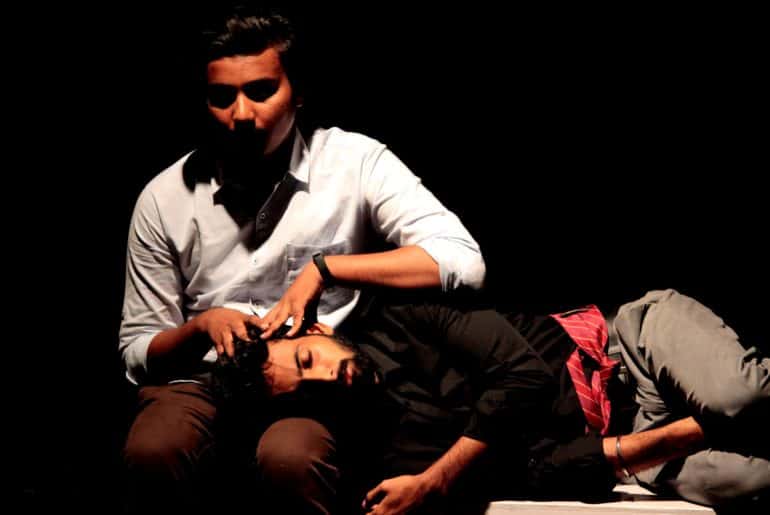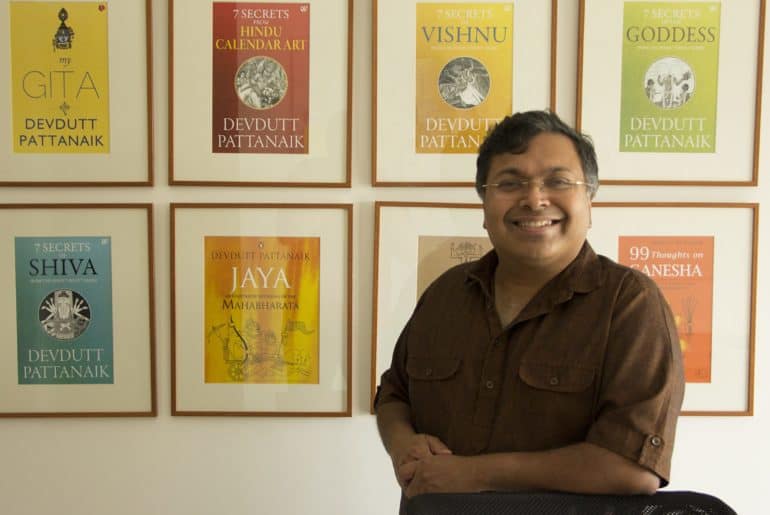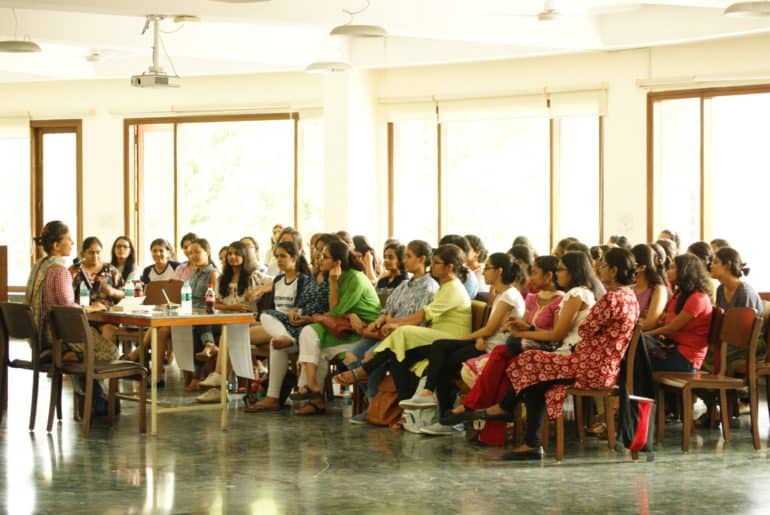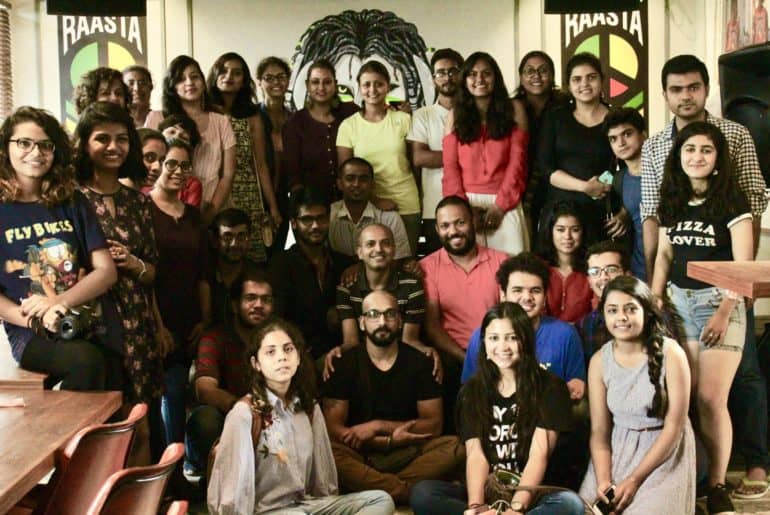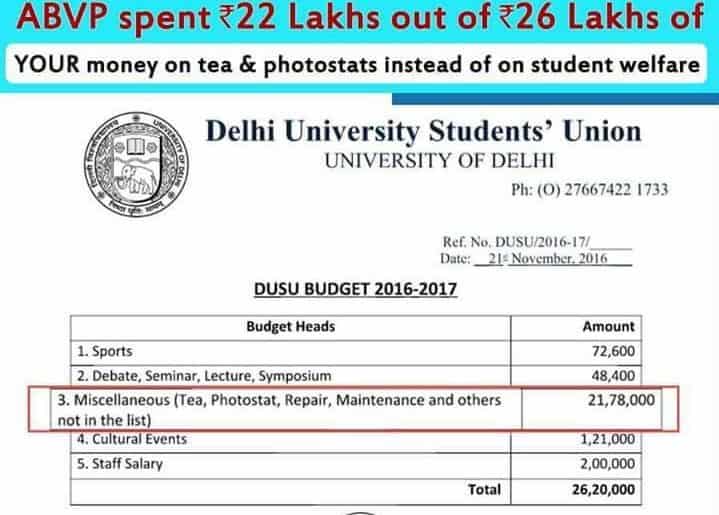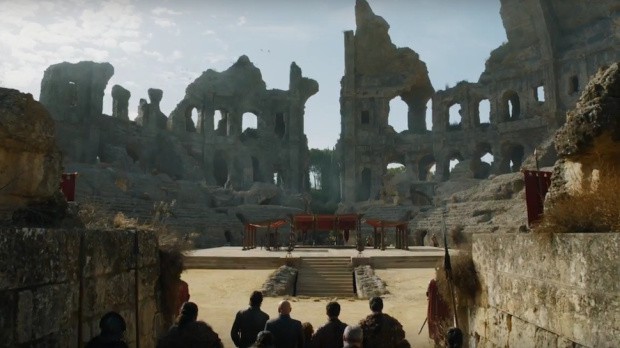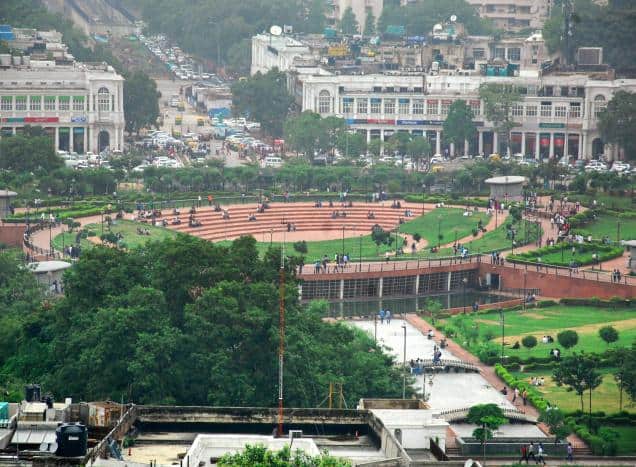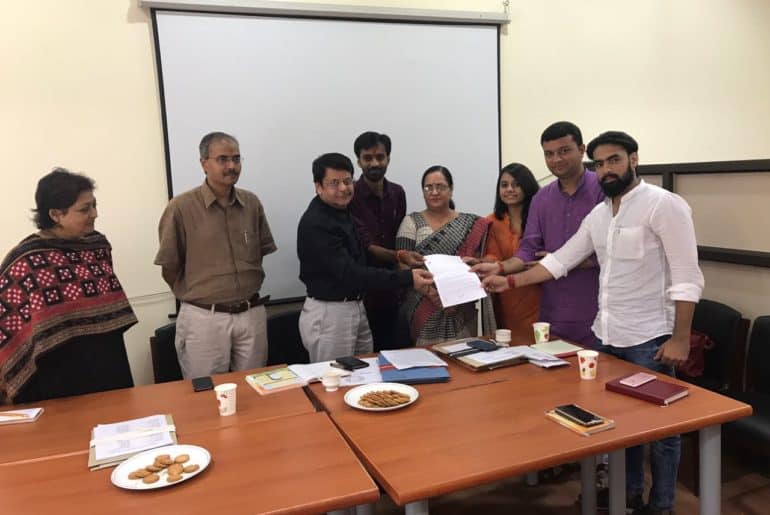It’s a Monday ritual to gloss over the dynamics of Westeros. After almost eight weeks, it’s time to put the ritual to a cold bed, for Winter is finally at our doorsteps and the wait for the long night begins.
The last two rounds of Game of Thrones weekly offerings certainly met with unscrupulous practices. Naturally, the release of the last batch of the episodes of Season 7 was shrouded in rumours of leaks and spoilers. Speculations and conjectures were being spread like wildfire, being subjected to all permutations and combinations. No theory (well, one), no foreboding (well, more than one), and no experience of watching 66 episodes could have prepared us for the aftermath of The Dragon and The Wolf. Here’s what the eventful episode proffered to its viewers, leaving us yearning for more.
Reunion at the Dragonpit
King’s Landing has been home to treason, lies, betrayals, and an underlying social injustice which seems to be plaguing that reality ever since the beginning. This episode saw the tremulous union of the two Queens, the King in the North, and their respective entourages in the historically rich Dragonpit. It was a convention of comedy plays to unify all characters on the stage when it neared its culmination, and one couldn’t help equating those happy, conflict-resolution reunions with one which only set the stage for tragedy and deceit. The negotiations at hand were aimed at driving a truce between Cersei and Daenerys, and Jaime Lannister’s poignant epiphany that “Maybe it is all cocks in the end” might not be reeling with verity. Besides Jon Snow’s first visit to King’s Landing, it was also the providential wight who entered the Westerosi realms for the first time and died in ‘combat’. The wight did manage to serve its purpose, breaking the wavering amorous chord between Jaime and Cersei and perhaps, fuelling Cersei’s malevolent tricks up a notch. Tyrion’s brutal parley with his sister at the forefront presented an idealistic picture – with the Lannister bannermen fighting alongside Jon and Daenerys’ armies against the Army of the Dead. It is later we realise that all’s not simple with Cersei, and the Queen of the Seven Kingdoms’ word reeked of deceit and uninhibited, fearsome ambitions.
Revenge finally reaches Winterfell
Littlefinger’s sharp voice is fresh in our ears as he begged for mercy. So is the vision of Arya’s Needle fatally poking him with blood soiling the wet snow. Lord Baelish’s fate was long time coming, and in a series of events which would serve just for this connoisseur of manipulation. Fear lingered as we saw Sansa saunter towards the Hall after giving instructions to bring her sister, one of the Faceless Men. Maybe the former Master of Coin’s schemes had borne fruit to fallacious assumptions in Lady Stark’s mind? However, when Sansa turns her head and calls Lord Baelish to respond to the charges of murder and accusation, a pleasurable smile collectively dawns our faces. Every ounce of dirt spewed by Littlefinger was brought to an accentuated spotlight, and the murders of Lord Eddard Stark, Lord Arryn, Lysa Arryn, and the rivalry between the Starks and Lannisters were masterfully avenged with satiation. The raw power of sisterhood, a scheme which was brewing around the walls of Winterfell, granted validity to Sansa’s words in the end, “When the snow falls and the white wind blows, the lone wolf dies but the pack survives.” Sansa is a slow learner, but the lesson we’ll remember is that she learnt.
The History and Ancestry Unveil
The theory which we all knew of and prized has at last unravelled itself gloriously. All those fandom articles alluding to R+L=J have finally found merit in this beautiful unveiling of history.
Samwell Tarly arrives at Winterfell to aid his Nightwatch associate in the war which has managed to unsettle every ruler. The heir of the Tarly House rendezvous with Bran Stark, who pulls the aesthetic covers on the lineage truth which possess the power to change claims to the disputed Iron Throne. Bran narrates how Jon is the son of Rhaegar Targaryen and Lyanna Stark, and bears the last name of ‘Sand’ instead of ‘Snow’ as it is the rightful nomenclature for a Dornish bastard. The words ‘Robert’s rebellion was built on a lie’ manage to grant velocity to a truth that was already raved about; Rhaegar and Lyanna were in love, and the war which brought the Baratheon house to power was based on the allegation that Rhaegar had kidnapped and raped Lyanna. Jon’s parentage is elucidated upon fully as Bran hears Jon’s real name. Thus, the rightful heir to the Iron Throne stands to be Aegon Targaryen (since Season 1 known as Jon Snow). It is interesting to note that Aegon the Conqueror was the first ruler of the Seven Kingdoms, and to bestow the honour of that name on Jon is bound to prove its legitimacy. The irony here rings in the backdrop, as Bran’s narration is complemented with the love-making of Jon and Daenerys – a relationship the netizens have been cheering on since their fates intertwined. The contention which thus presents itself is simple yet increasingly knotted: Jon’s claim to the Iron Throne has been authenticated by his parentage and would overpower Daenerys’ vision of ruling the Seven Kingdoms. Also, the love which is brewing between the last-surviving Targaryens oozes of a political and personal incestuous relationship, doesn’t it?
Knock, knock on the Wall?
While we recover from the ancestral snippets of Jon’s parentage, Bran’s vision foresees the great threat to the Westerosi mankind and the arrival of the storm which had been the source of nightmares for them. The majestic Wall stands tall with its icy shields and magical ways. It’s a grand and beautiful sight to witness. And in seconds, the Army of the Dead comes propping from the trees and stands in anticipation in front of the Wall. The penultimate episode’s dreadful outcome emerges into a full-blown reality, with the Night King arriving on an undead Viserion and abolishing a part of the Wall. It’s a deeply tormenting thought that the Wall, which boasted of ensuring the safety of Westeros, now stands destroyed, and a dragon which was believed to be a remnant of the past spews unrestrained death.
Season 1 was embroiled in inching closer towards the truth but anticipating the deceitful ways at work. Seasons 2 to 4 removed all masquerades from noble intentions and honourable alliances. Season 5 witnessed struggle at every front, from the Dragon Queen advocating against slavery, Lannisters countering the High Sparrow, Baratheon endeavouring to be the Promised Prince, and the Starks waging their discovery of home and the distant truth. Season 6 unleashed cruelties at its peak and robbed Cersei of all fathomable inhibitions. Season 7 orchestrated the truth and discomfiture which lurked in anticipation in our minds, and has finally been conjured to a spine-chilling reality.
Perhaps, Jon Snow does know something. It is as the Wolf said, “There is only one war that matters – the Great War – and it is here.”
Feature Image Credits: Metro
Saumya Kalia
[email protected]

